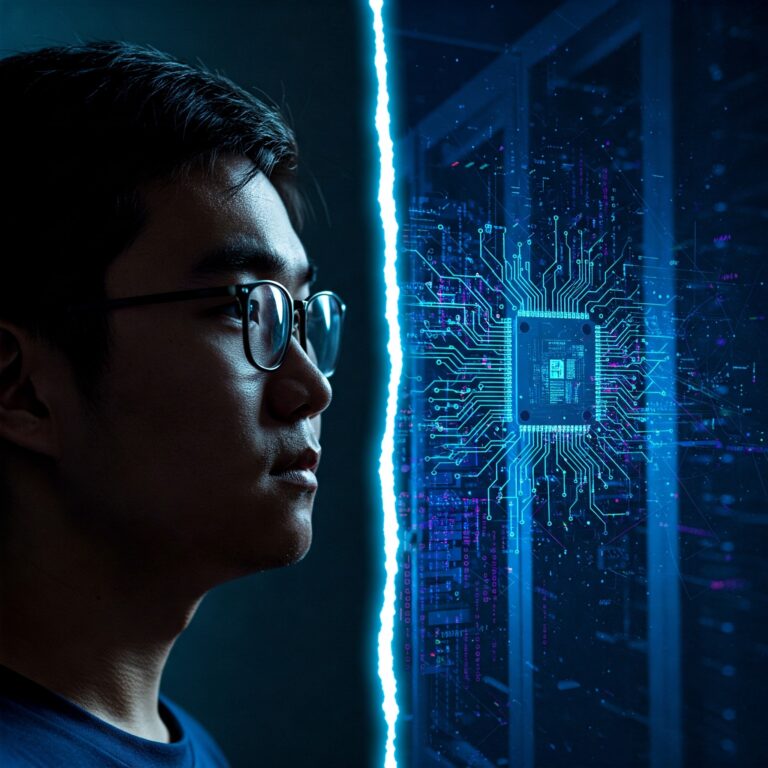Google AI Secrets at Risk? Linwei Ding Faces 14 Counts of Espionage and Trade Secret Theft in China Scheme
The high-stakes world of artificial intelligence (AI) development has become a battleground for global technological dominance. A new superseding…

